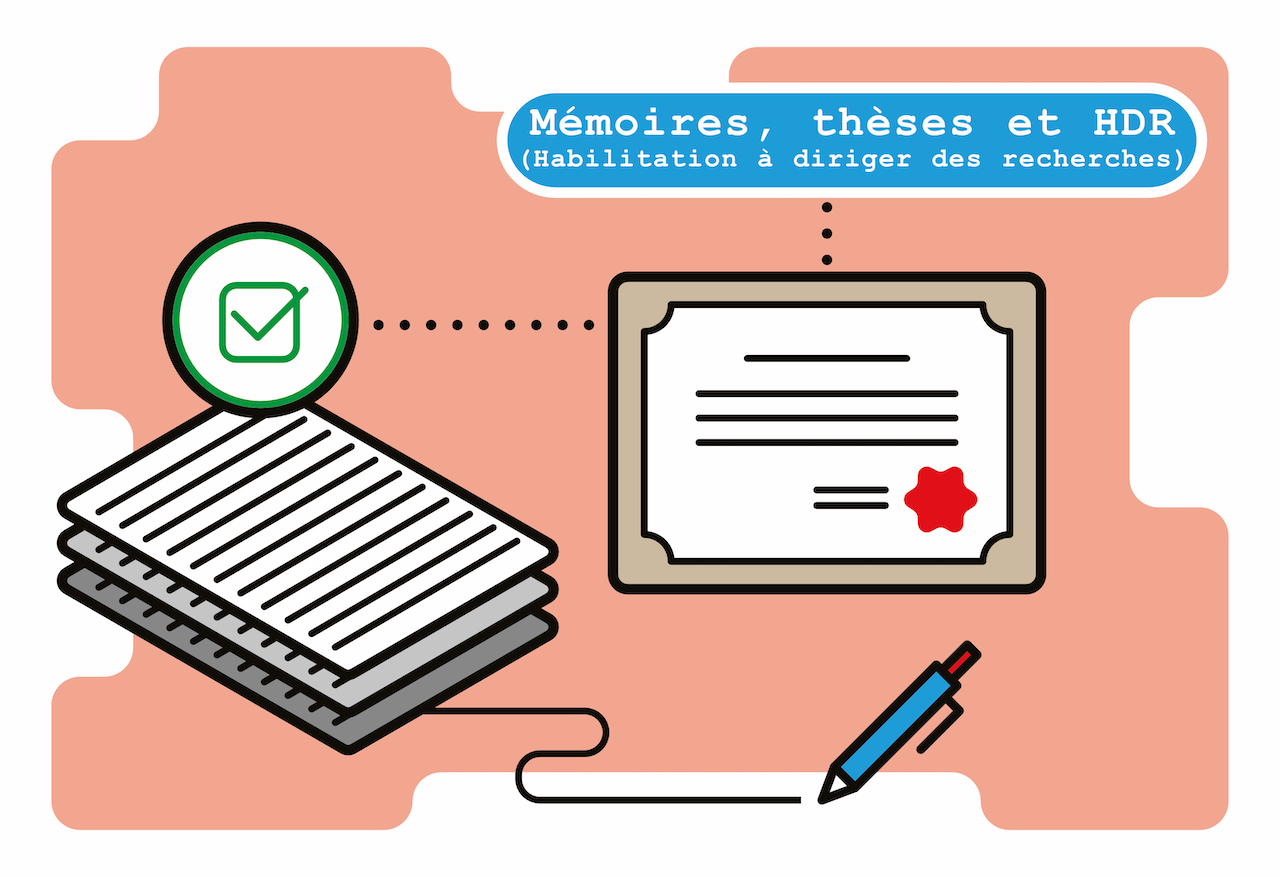Fiche du document
- ISIDORE Id: 10670/1.83a853...
Mots-clés
TurbulenceSujets proches
Flow, Turbulent Turbulent flow Structures Edifices HallsCiter ce document
C Chen, « Two-scale method for wall-bounded flows », Oxford Research Archive, ID : 10670/1.83a853...
Métriques
Partage / Export
Résumé
Recent findings on wall-bounded turbulence prompt a new impetus for modelling development to capture and resolve the Reynolds-number-dependent influence of outer flow on near-wall turbulence in terms of the ‘foot-printing’ of the large-scale coherent structures and the scale-interaction associated ‘modulation’. A two-scale method is developed to couple a locally embedded near-wall fine-mesh DNS block with a global coarser mesh domain. The influence of the large-scale structures on the local fine-mesh block is captured by a scale-dependent coarse-fine domain interface treatment. The global near-wall coarse-mesh region outside the local fine-mesh block is governed by the augmented flow governing equations with forcing source terms generated by upscaling the space-time averaged fine-mesh solution. The validity and effectiveness of the method are examined for canonical incompressible channel flows at several Reynolds numbers. It is shown that the mesh-count scaling with Reynolds number is potentially reduced from O(Re^2) for the conventional fully wall-resolved LES to O(Re) for the present locally embedded two-scale LES. The method is also extended to the implementation in boundary layer flows. A 2-dimensional roughness element is used to trip a turbulent boundary layer. It is observed that large-scale disturbances originating from the trip have a much shorter lifetime and weaker foot-printing signatures on near-wall flow compared to those long streaky coherent structures in well-developed wall-bounded turbulent flows. For the tripped turbulent boundary layer, a Chebyshev block spectral mapping is adopted to propagate source terms, driving the upscaled equations to a target solution. The overall mesh count - Re scaling is estimated to reduce from O(Re^1.8) for the full wall-resolved LES to O(Re^0.9) for the present two-scale solution.
